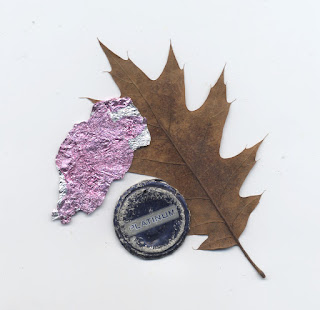For
my final project, I researched and took inspiration from the work of the artist
Sarah Sze. Sze is known for her amazingly complex and detailed sculptures which
she makes with everyday objects. She spends a great deal of time assembling her
intricate works, and typically incorporates architectural themes. One can look
at her work for a long time while visually discovering the many components,
which are each placed in a seemingly very deliberate fashion, in the manner of
a complex machine.
Inspired
by Sze’s work, I made a sculpture from everyday objects for my final project.
There are many components which can be visually explored, similarly to Sze’s
work. However, my sculpture differs in that it was made from mundane pieces of
trash and appliances that I gathered from an old farm dump, which have all been
aged for a minimum of 20 years outside. Sze typically uses new materials, such
as matches, paper, string, and food to construct her work. Additionally, I made
a small fountain of dripping water in my project, which incorporates movement
and further addresses the subject of time. Many of Sze’s sculptures appear to
be stationary.
The
components of this sculpture include a rusted metal chair, old appliances such
as a television, slow cooker, and Singer sewing machine, and garbage, such as
glass bottles, soda cans, a can of dried red barn paint, a water heating
element, a plastic pecan pie mix bag (“just add fresh pecans!”), a muffler, and
a plastic clothes label indicating the size “medium”. There is also a leather
or imitation leather handbag. These objects were stacked on top of each other
to secure the muffler upright in the chair, so that an ash tree switch could be
held up by being inserted into the compacted dirt and rust inside of the
muffler. Cable ties were used to hold cans, a funnel, and a drain spout onto
the branch to create a dripping fountain.
These objects interest me because of
the different ways in which they have aged, such as in the way that the
technology has become outdated or that the plastic has remained almost like
new. Time has aged the objects, and grown plants over them, but it has not
changed the problematic nature of the garbage having once been dumped rather
than disposed of properly. This sculpture addresses the enduring nature of
human-generated garbage by bringing it out of the places in which it has been
hidden and into view. The dripping water is incorporated for its time-metering
effect.


















